
What is PostgreSQL Development Conference (PGConf.dev)?

Furthermore, this year's PGConf.dev was preceded by the Extension Ecosystem Summit, an event focused on the development of extensions, held at the same venue. This demonstrates the community's dedication to developing extensions for the ecosystem, aiming to make PostgreSQL more user-friendly.
Fujitsu's participation and presentations
Eight members from Fujitsu participated in this conference—Hayato Kuroda, Ajin Cherian, Zhijie Hou, Gary Evans, Nishchay Kothari, Tim Steward, Marcos Figueiredo, and myself. That is an impressive turnout that once again demonstrates Fujitsu's commitment to the PostgreSQL community.
Regarding the presentations, Hou and Ajin spoke about logical replication, while Gary and Nishchay presented on learned indexes:
- Detection and resolution of conflicts in PostgreSQL logical replication
(Ajin Cherian, Zhijie Hou) - Exploring learned indexes in PostgreSQL: Insights from our session at PGConf.dev 2025
(Gary Evans, Nishchay Kothari)
Presentation content: A journey toward the Columnar Data Store

Specifically, I explained implementation ideas for achieving columnar search capabilities while maintaining update speeds, presented performance measurement results, and outlined features that require future development and consideration within the community.
Analyzing business data and utilizing the results for decision-making has become essential in many industries in recent years. For example, in e-commerce businesses that sell products and services online, sales data is used to optimize inventory. To leverage business data for information analysis in this way, features that can achieve high search performance, such as columnar store functionality, are necessary.
Business data is constantly generated in operations. General columnar store features often have update performance as a bottleneck. Therefore, the linkage between RDBMS, where data is frequently rewritten, and columnar data is performed periodically. This means that even if RDBMS data is updated, there is a time lag until it is converted into columnar data.
VCI can address the demand for real-time data analysis, including data that has just been generated. By using VCI, it is possible to maintain update performance while achieving high-speed columnar searches using the latest data.
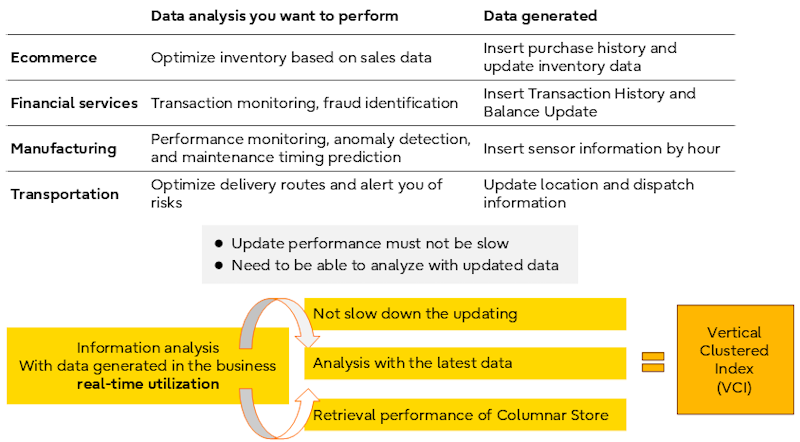
Real-time utilization of business data
Implementation of Vertical Clustered Index
VCI achieves high-speed data retrieval using a columnar store while maintaining update performance by combining two storage structures: Write Optimized Storage (WOS) specialized for writing and Read Optimized Storage (ROS) for the columnar store part.
There are two key innovations in this design. First, to prevent degradation of OLTP update performance, the conversion of generated data to columnar format is performed asynchronously. Second, there is a mechanism to make all data, including newly updated data, searchable. Since the conversion to columnar format is executed asynchronously, there may be updated data that does not yet exist in the columnar store depending on the timing. VCI's scan mechanism scans both data that is already in columnar format and data that has just been updated.

Vertical Clustered Index mechanism
In the presentation, I explained the process step-by-step, covering index creation, searching within tables, updating data within tables, searching after updates, and asynchronous data reflection.
Effects of Vertical Clustered Index
I also explained the effects of VCI using performance measurement results. In TPC-H measurements, when comparing VCI scans with OSS parallel scans, VCI scans were found to be approximately 4.4 times faster than OSS parallel scans.

Performance measurement by TPC-H Scan
Furthermore, we compared the difference in update processing performance between cases where VCI was configured and where it was not. As a result, it was confirmed that there was almost no performance difference between the two. Although configuring VCI slightly increases internal processing, meaning there is not zero degradation, the performance impact on OLTP is minimal even when VCI is configured.

Performance difference in update processing
After the presentation, I received numerous questions. Many of them were technical, reaffirming that PostgreSQL developers have a strong interest in VCI and columnar features. Furthermore, regarding the concept of the feature, I received positive comments from many developers, including committers.
In addition to the presentation, I participated in an Advanced Patch Feedback Session, where I received direct feedback from committers on the patches I submitted, gaining specific advice on how to proceed with committing the VCI patch. I was also able to deepen discussions about VCI with developers knowledgeable in columnar features, and received valuable advice and feedback on the feature from many developers, including committers.
Diving in
Below, I share the slides from my presentation at PGConf.dev 2025:
 Click to view the slides side by side
Click to view the slides side by side Top to bottomClick to view the slides in vertical orientation
Top to bottomClick to view the slides in vertical orientation
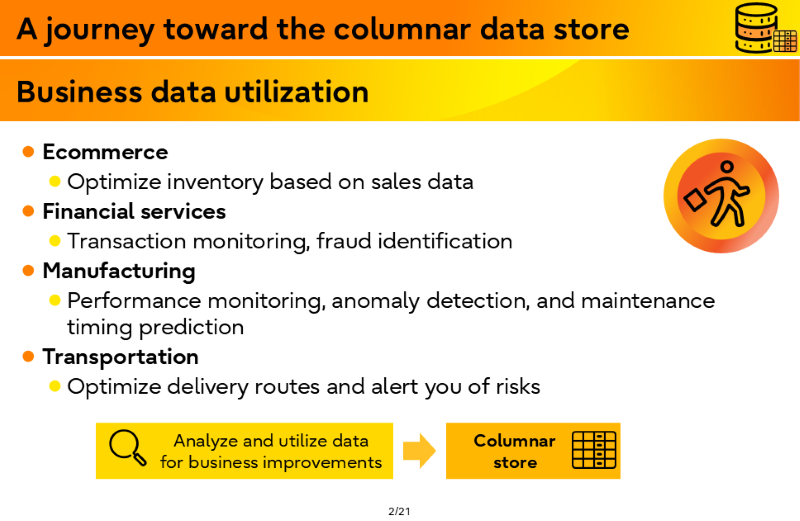
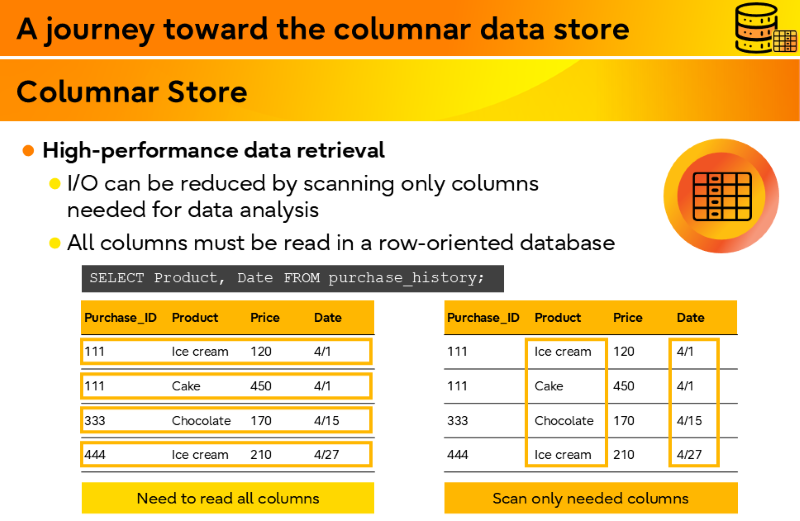
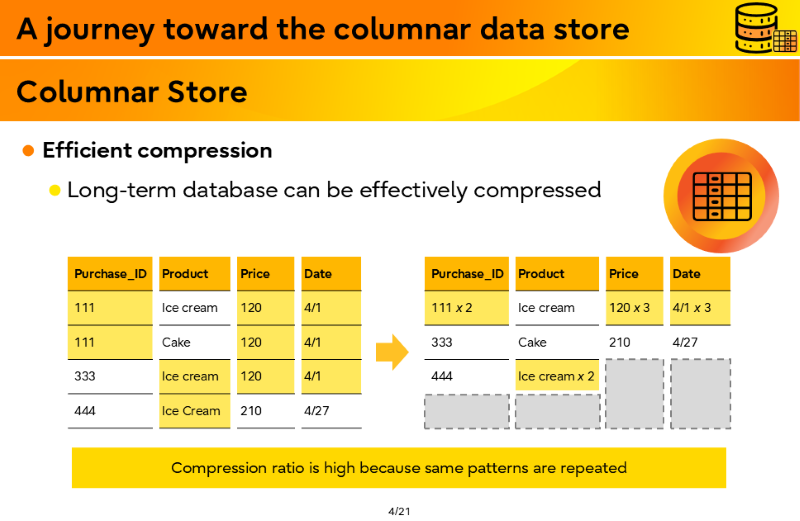
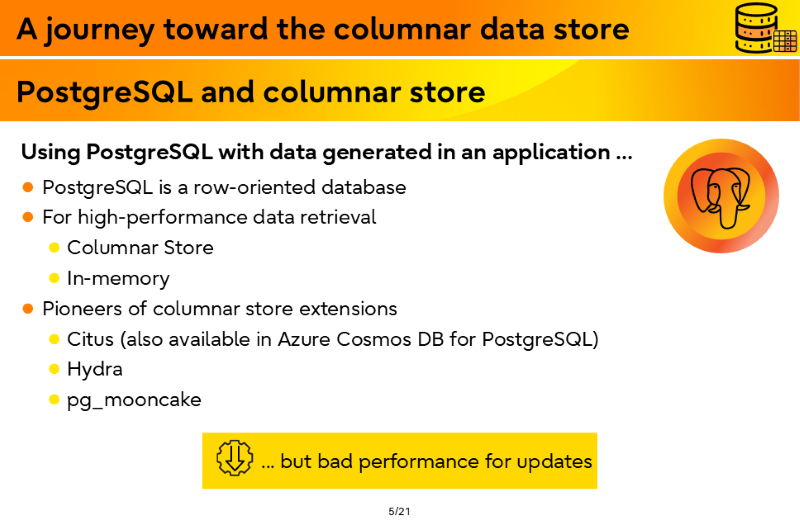
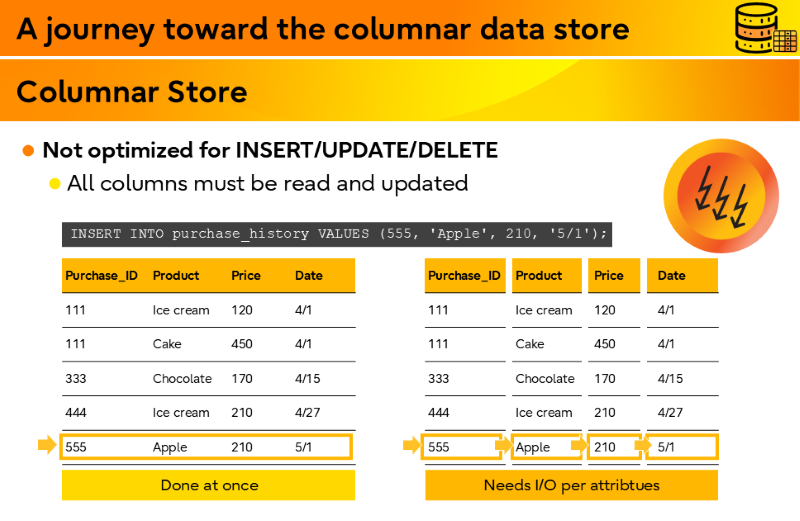
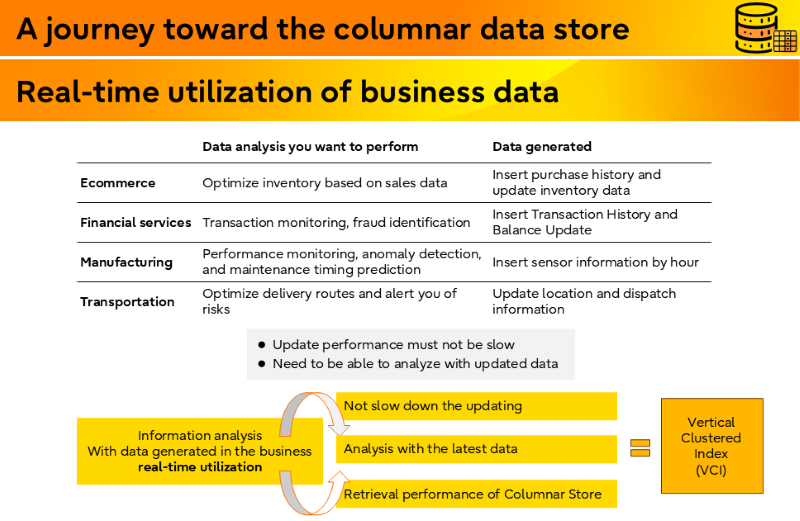
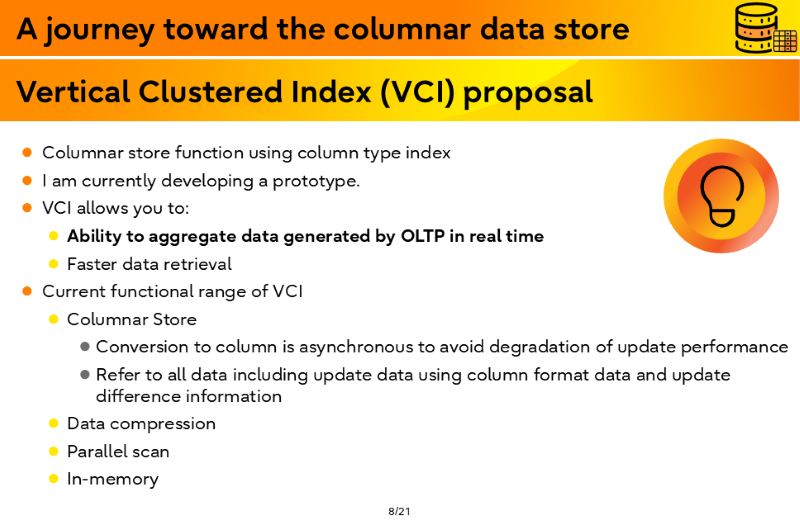
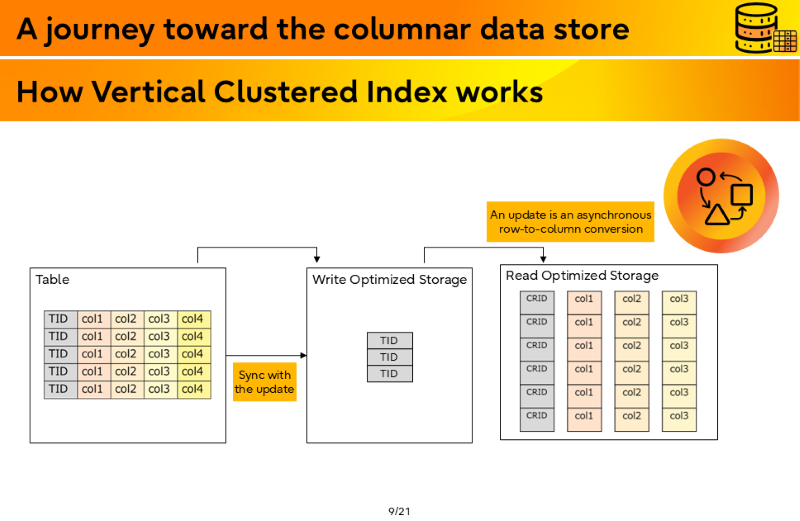
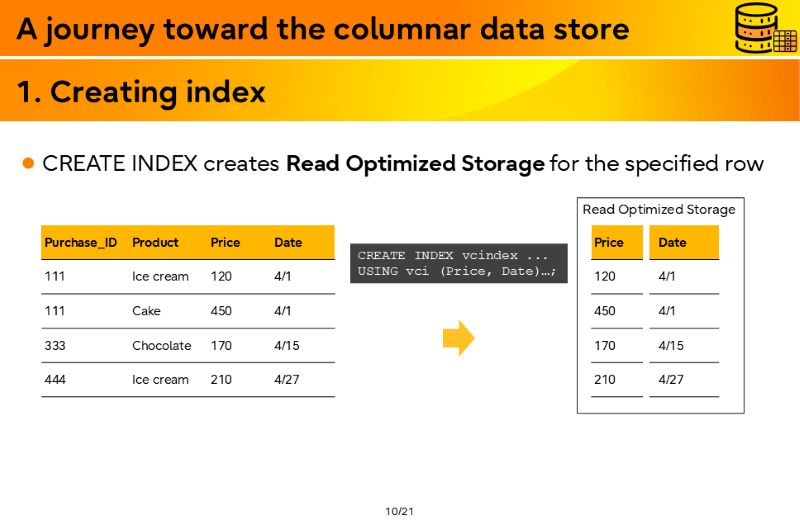
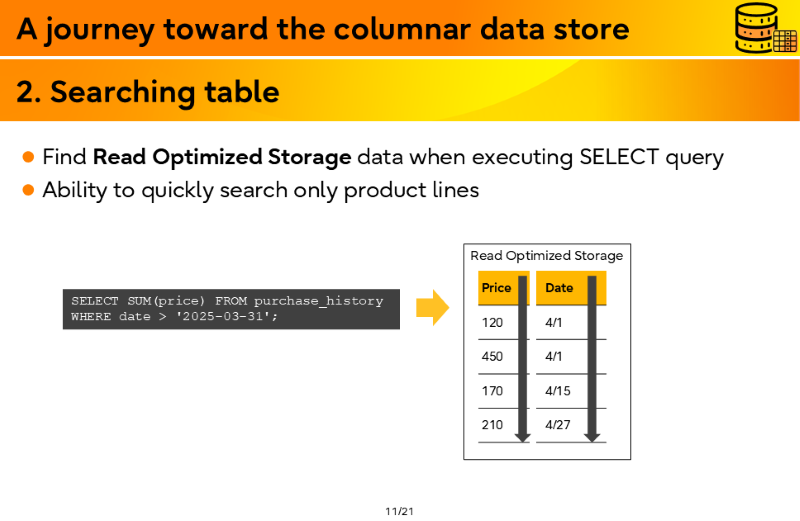
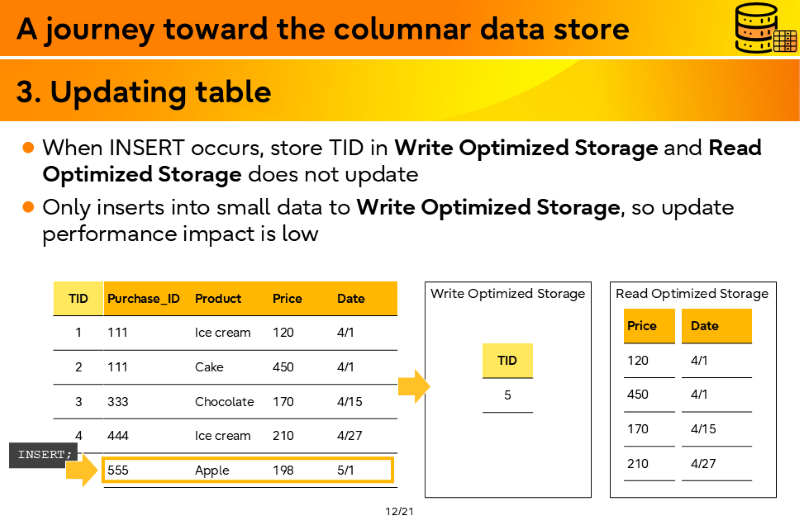
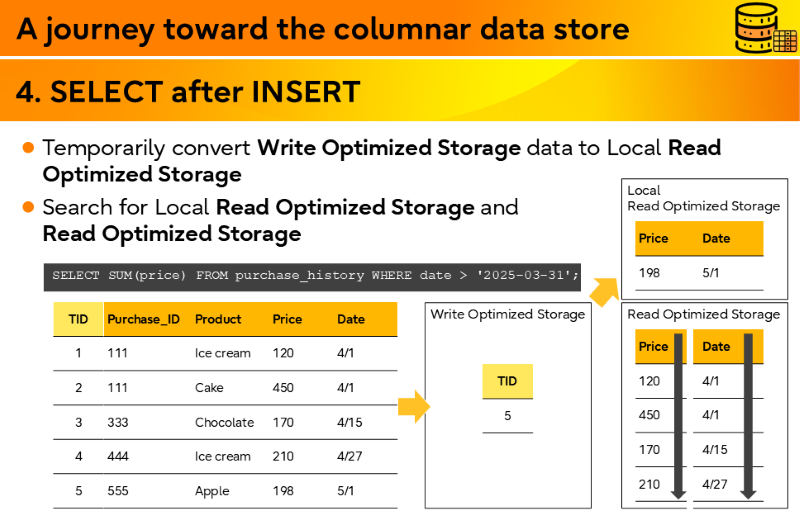
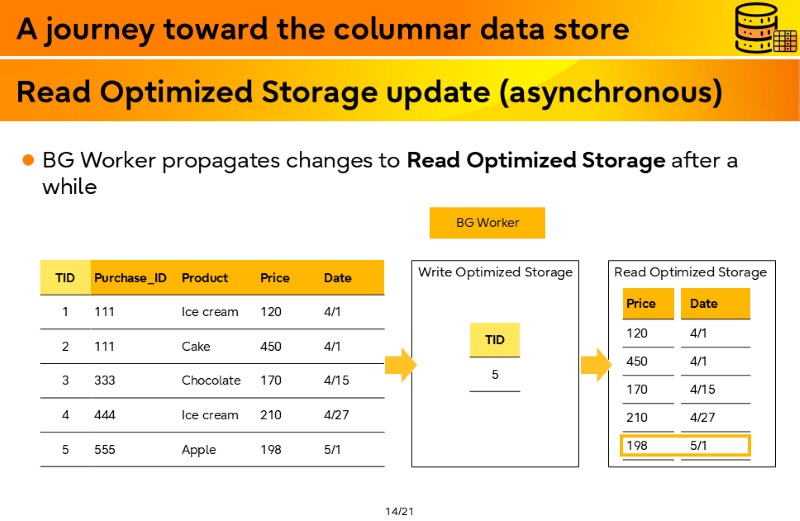
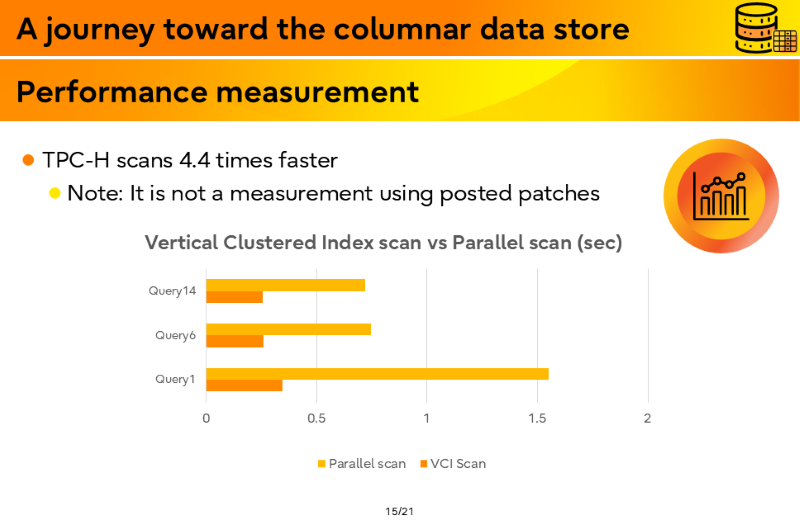
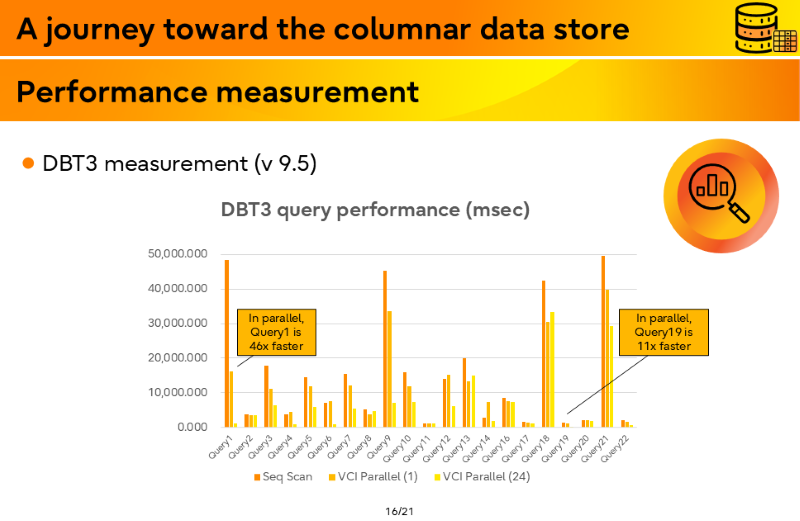
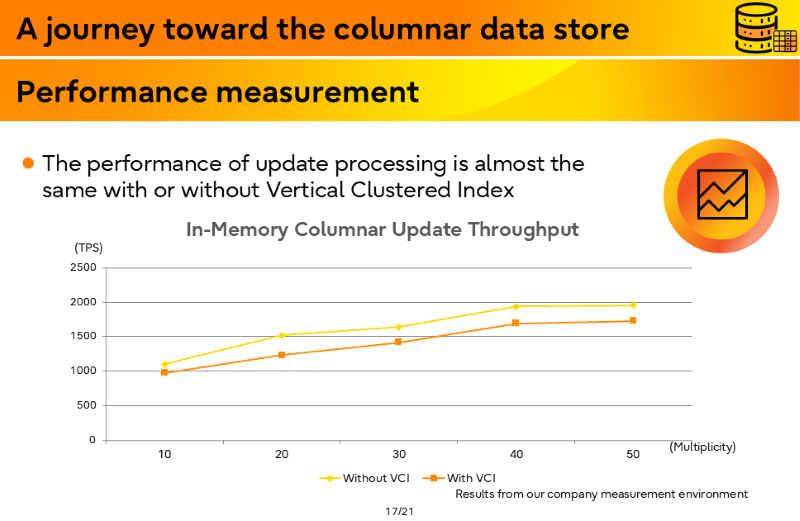
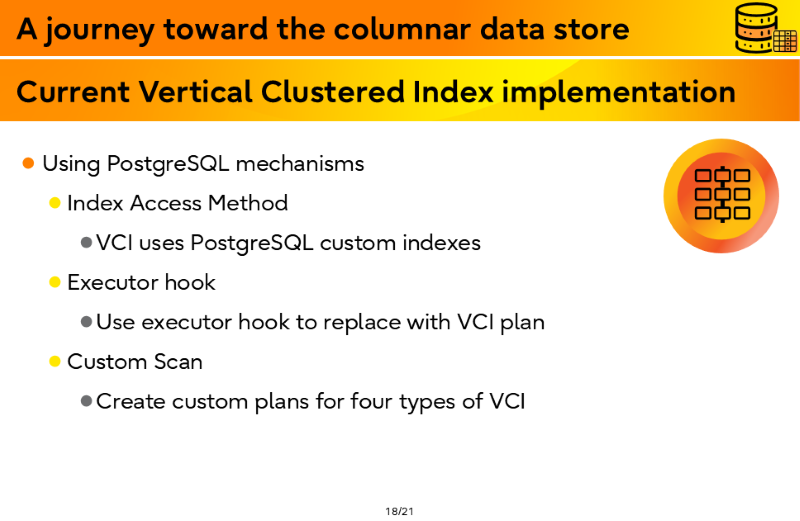
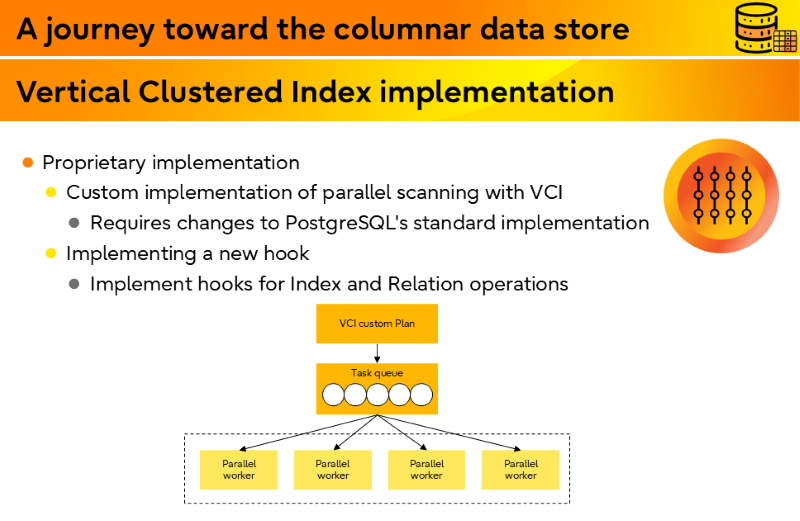
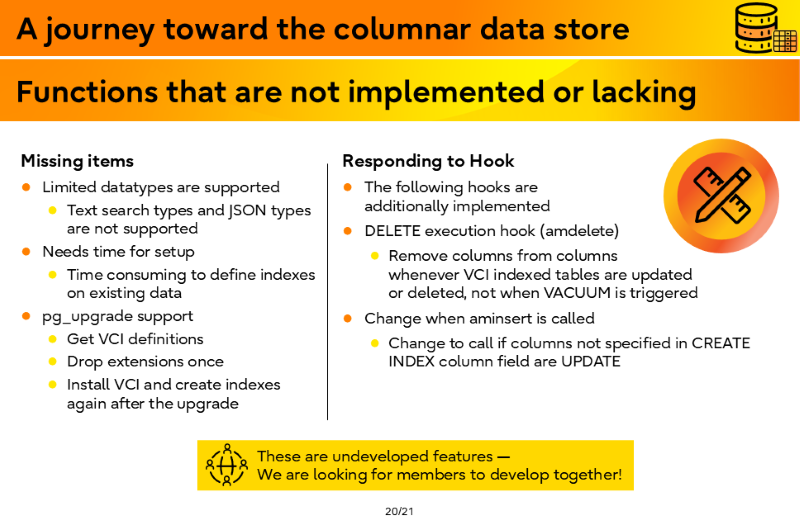
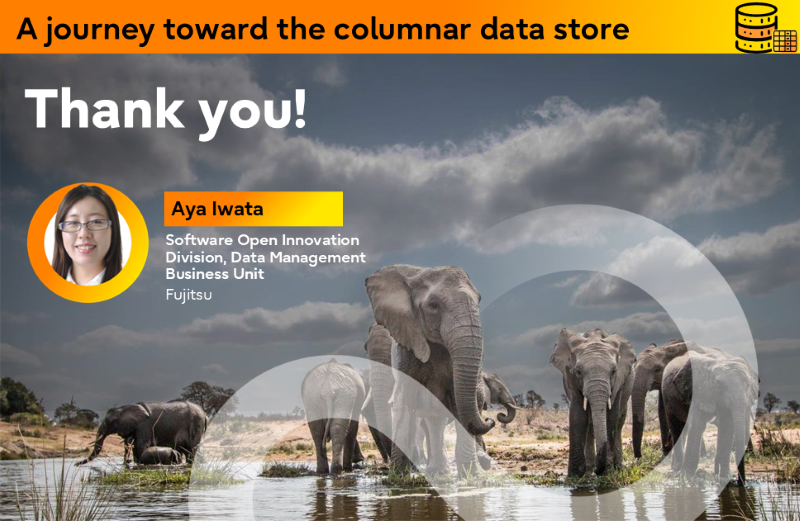
Conclusion

Regarding VCI, development is currently underway within the community, and we are confident that once completed, it will be a feature that enhances the value of PostgreSQL and significantly contributes to the entire community, including users. Development of VCI is progressing in this thread, so if you are interested, please join us in development.
You can watch my presentation alongside presentation materials here.


 I had the pleasure of speaking at PGConf.dev in Montreal, where I delivered a session on
I had the pleasure of speaking at PGConf.dev in Montreal, where I delivered a session on 
